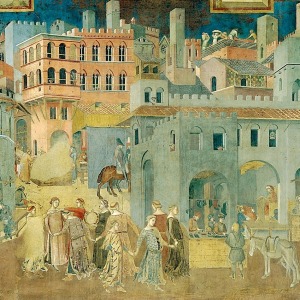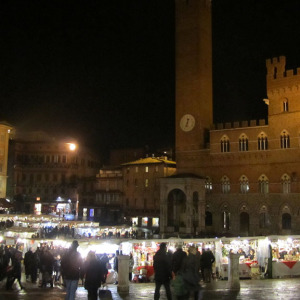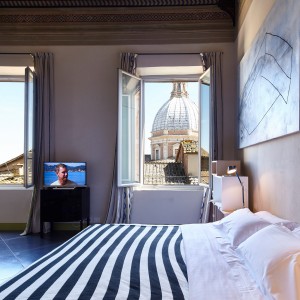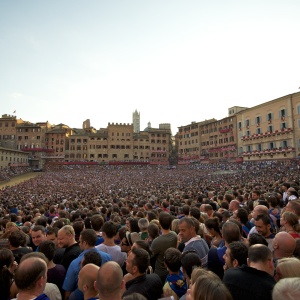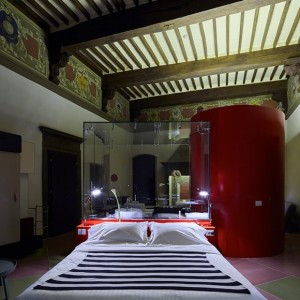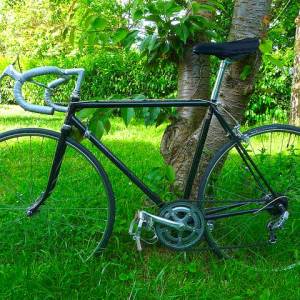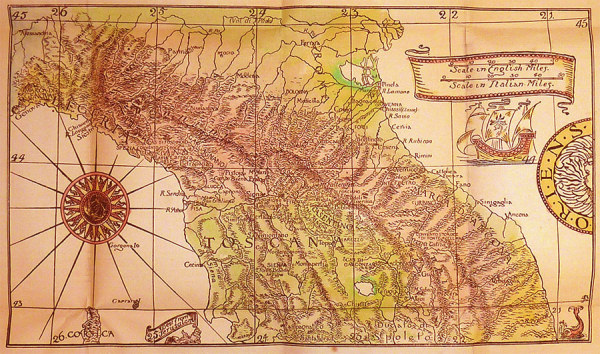The Via Francigena route in Tuscany
The Via Francigena route
The Via Francigena is the historical itinerary connecting Rome to Canterbury. It has always been a very important road, used for centuries by pilgrims to reach the city of the Pope crossing many different regions and towns: one of those is TUSCANY.
The Via Francigena was not like the ancient roman roads (Cassia, Aurelia...). It was not a a cobbled road made of stone blocks equipped with change stations for horses and rest stops or hostels. The Via Francigena is actually made of many different routes that over time, have been changed according to the pilgrims necessities and commercial demand. For instance, during the year there were periods when the route changed in order to have the possibility to reach a sanctuary for a pilgrimage, or maybe a certain route got too dangerous because of a new war – or maybe the commercial rising of a particular city could give a reason to change course.
According to some historical documents, the most reliable route enters Tuscany near Passo della Cisa, in the Lunigiana region and follows to the south crossing Alta Tuscia in Latium passing Lucca and Siena. Nowadays, it is still possible to go the way mentioned by Sigeric the Serious, Archbishop of Canterbury who went to Rome in order to be consecrated by the Pope.
In this most ancient reportage, the Via Francigena touches many villages that used to be walled cities and that, despite the time, can still immerse the traveler a true medieval atmosphere, with narrow streets, walls, arches and brownstone buildings. Altopascio, Fucecchio, Castelfiorentino, Certaldo, Poggibonsi, San Gimignano and Siena. A gentle landscape, with soft hills and and rugged passages through thousand-years woods.
Once you pass Siena (vising its ancient hospital, Santa Maria della Scala) the road continues to the south in a postcard scenery: Val d’Arbia and Val D’Orcia, with their jewels Buonconvento, San Quirico and Bagno Vignoni, where pilgrims found rest in its thermal water.
The journey keeps going south with Radicofani, until Acquapendente for the final part of Via Francigena that takes to Rome.
The Via Francigena route near Siena
Staying in Siena, the most interesting part of Via Francigena is definitely the one between Monteriggioni and Radicofani.
From Piazza Roma in Monteriggioni you can follow a wonderful itinerary through old white roads, finding the old village of Cerbaia. After a track into the woods you have the Chiocciola Castle and Pian del Lago. From here the road is paved until via dell’Osteriaccia.
Another wooded stretch before you reach Siena from Porta Camollia and you keep going through its streets of the historical center.
After Siena you arrive in Val d’Arbia, a marvelous route with dirt roads and ancients lanes will get you to Cuna and its old farm. Then Lucignano, Ponte d’Arbia and Buonconvento, a gorgeous village which still keeps its ancient charm and represents the “entrance door” of Val d’Orcia. There you find San Quirico where you can visit the Collegiata. Here you are finally in one of the most beautiful regions of Tuscany. After Bagno Vignoni the journey ends up in Radicofani.
Read other news in Blog
